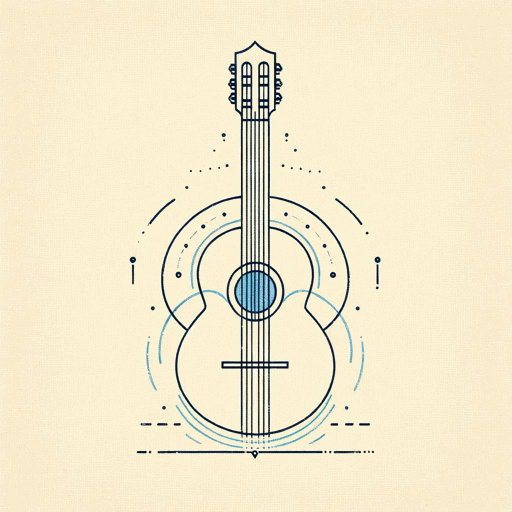46 pages • 1 hour read
Mitch AlbomThe Stranger in the Lifeboat
Fiction | Novel | Adult | Published in 2021A modern alternative to SparkNotes and CliffsNotes, SuperSummary offers high-quality Study Guides with detailed chapter summaries and analysis of major themes, characters, and more.
Literary Devices
Epistolary/Episodic Mode of Narration
The Stranger in the Lifeboat uses an episodic mode of storytelling structured around the reading of a diary, which narrates past events in the present day, interspersed with a number of news reports that span the range of the timeline in which the story takes place. Composing the story in this way does at least two things. First, it allows the author to write a single story which occurs in two different time periods without resorting to simply setting them back-to-back, chronologically. Second, the shifting back and forth between two different time periods, which also happen to be two different locations, makes for a narrative that seems to move twice as fast is it might otherwise.
In composing the story this way, the author creates a sense of shifting priorities and expectations, mirroring the shifting realities of the characters that inhabit the novel. In addition, the novel takes its place among other great novels that use similar narrative devices. Bram Stoker’s Dracula is one of the most famous examples, bringing the narrative to life through a series of journal entries, letters, phonograph transcripts, and news bulletins. Shifting back and forth in time and location creates an almost never-ending series of cliffhangers, drawing the reader further along and deeper into the story.
Related Titles
By Mitch Albom

Finding Chika: A Little Girl, an Earthquake, and the Making of a Family
Mitch Albom

For One More Day
Mitch Albom

Have a Little Faith: A True Story
Mitch Albom

The First Phone Call from Heaven
Mitch Albom

The Five People You Meet In Heaven
Mitch Albom

The Little Liar
Mitch Albom

The Magic Strings of Frankie Presto
Mitch Albom

The Next Person You Meet in Heaven
Mitch Albom

The Time Keeper
Mitch Albom

Tuesday’s with Morrie: An Old Man, A Young Man, and Life’s Greatest Lesson
Mitch Albom
Featured Collections
Allegories of Modern Life
View Collection
Books About Leadership
View Collection
Christian Literature
View Collection
Coping with Death
View Collection
Family
View Collection
Mortality & Death
View Collection
New York Times Best Sellers
View Collection
Religion & Spirituality
View Collection

